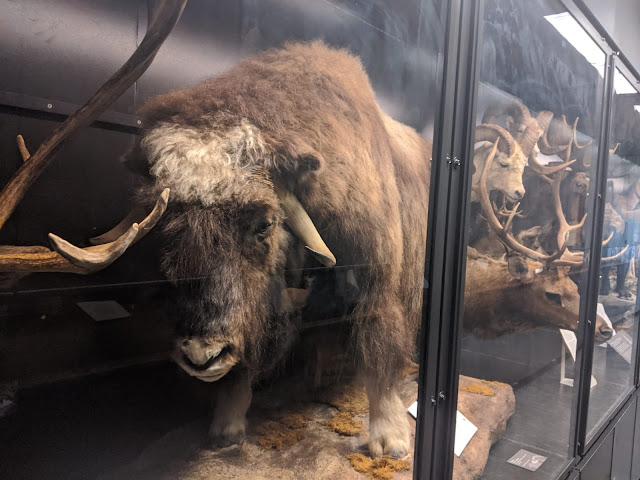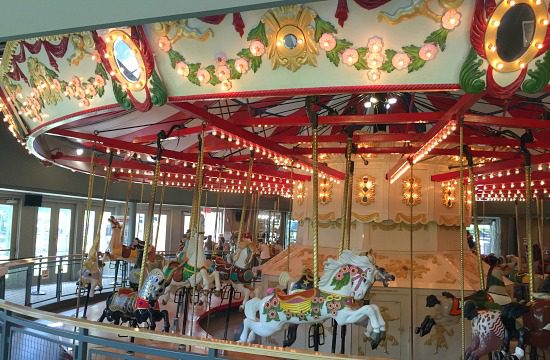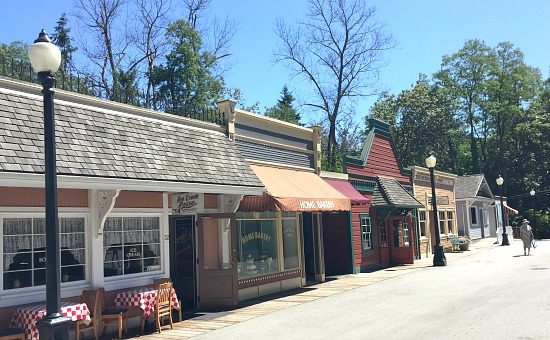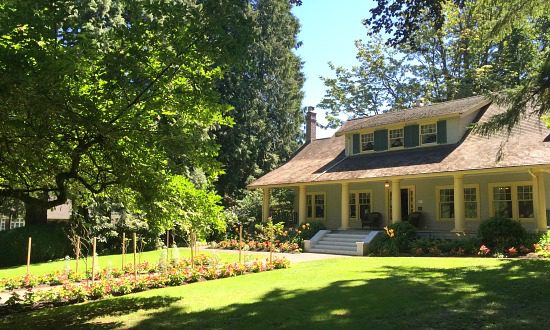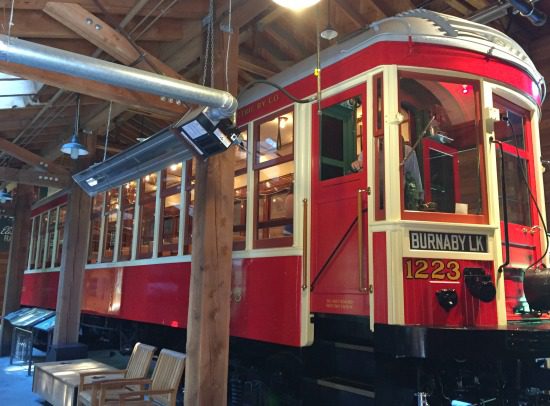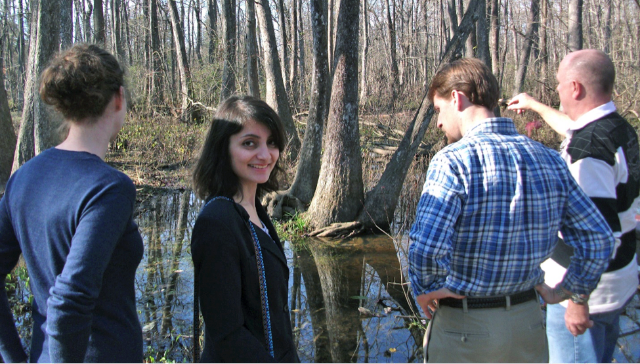Last weekend, the warm weather summoned us to be outdoors, and given that we were sick and tired of waiting for our second born to pop out soon, we decided to explore some new places nearby. In the mood for some South Asian cuisine, we decided to head to Surrey and also make a visit to the Historic Stewart Farm, situated in a large park called the Elgin Heritage Park.
The Stewart Farm is the only intact farm complex from the late nineteenth century remaining in Surrey. Unlike Burnaby Village Museum, the Stewart Farm does not have any fancy exhibits, but the main two storey wood-frame farmhouse is quite an interesting visit! Outside of the main building, there are seven other farm buildings: root cellar, wood shed, pole barn, bunkhouse, machine shed, threshing machine shed and garage. They aren't proper "exhibits" but its still nice to see the number of different structures in the farm complex.
The main attraction, the two story house, is a fully furnished home, that demonstrates how a farming family lived. While the farmhouse is quite elaborate by today’s standards, it was not the largest or most lavish in local Victorian times.
This farmhouse was the home of John and Annie Stewart. John, who was from Scotland married Quebecois Annie Davidson in Nanaimo in 1884 and moved to Surrey to make a home here. Not alot is known about the two, but it has been pieced together from various sources. The Stewart were, however, certainly part of the growing community. With just two sons - a small family for the times - they would have rallied friends and nearby work crews to harvest their fields. The Stewarts owned 440 acres of land, including what visitors see now, as well as land across the river where the Stewarts had two additional barns.




















